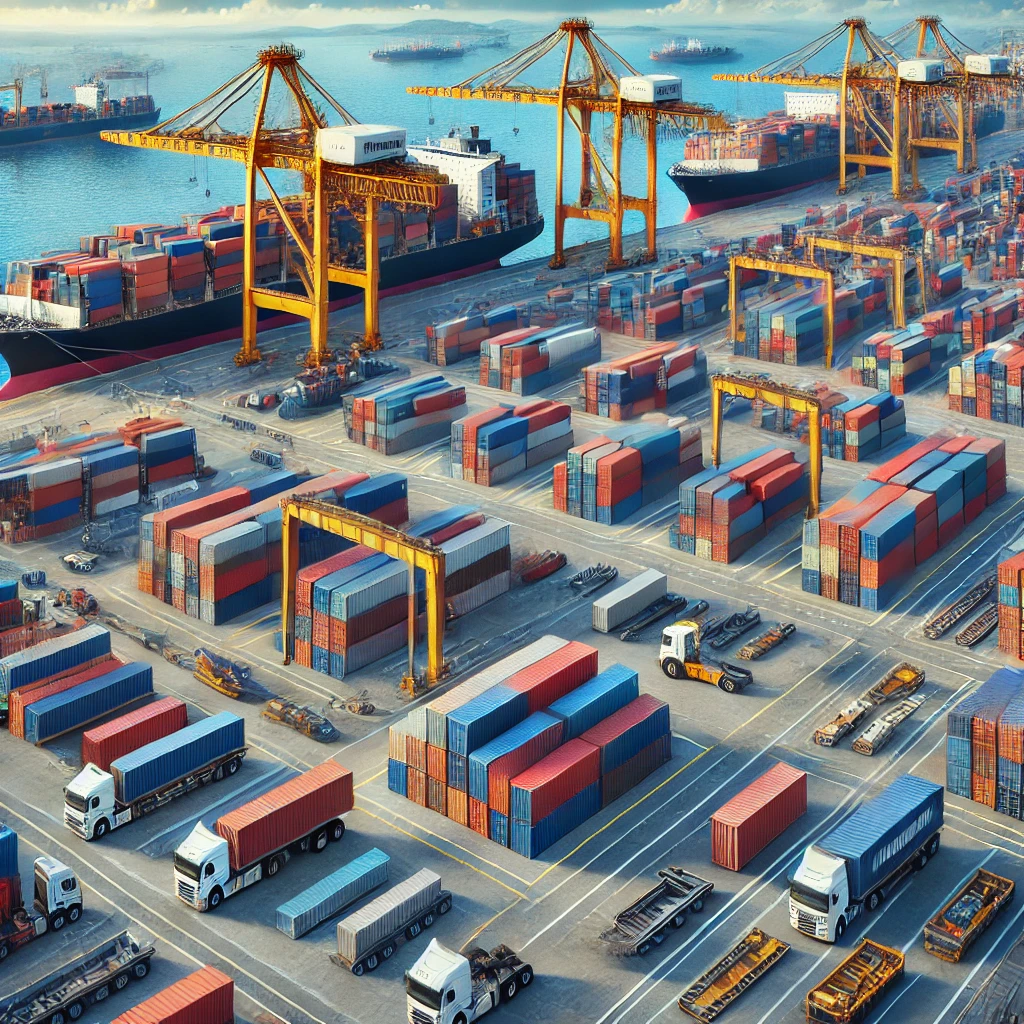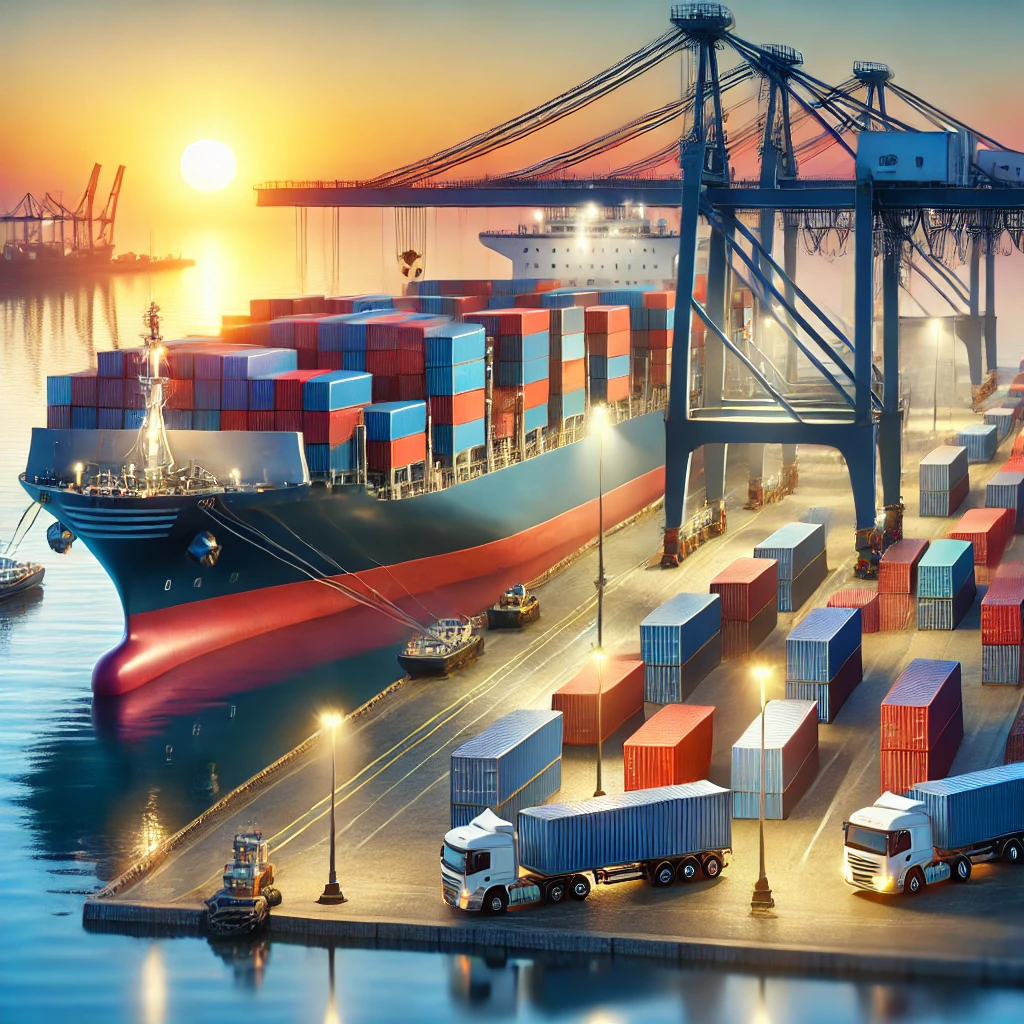Demystifying Size of Shipping Container for Professionals

Standard Sizes of Shipping Containers
Shipping containers come in various standard sizes to accommodate different cargo needs. The most common dimensions follow ISO (International Organization for Standardization) guidelines to ensure compatibility with global transportation networks.
1. 20-Foot Shipping Container
Dimensions:
External: 20 ft (6.1 m) length x 8 ft (2.44 m) width x 8 ft 6 in (2.59 m) height
Internal: 19 ft 4 in (5.9 m) length x 7 ft 8 in (2.34 m) width x 7 ft 10 in (2.38 m) height
Door Opening: 7 ft 8 in (2.34 m) width x 7 ft 5 in (2.26 m) height
Capacity: Approximately 33 cubic meters (1,172 cubic feet)
Max Payload: 28,000 kg (61,729 lbs)
Best Use Cases:
General cargo transport
Storage solutions
Small-volume shipments
Construction site storage

2. 40-Foot Shipping Container
Dimensions:
External: 40 ft (12.2 m) length x 8 ft (2.44 m) width x 8 ft 6 in (2.59 m) height
Internal: 39 ft 5 in (12.03 m) length x 7 ft 8 in (2.34 m) width x 7 ft 10 in (2.38 m) height
Door Opening: 7 ft 8 in (2.34 m) width x 7 ft 5 in (2.26 m) height
Capacity: Approximately 67 cubic meters (2,389 cubic feet)
Max Payload: 28,000 kg (61,729 lbs)
Best Use Cases:
High-volume shipments
Storing bulk materials
Large-scale industrial applications
3. 40-Foot High Cube Shipping Container
Dimensions:
External: 40 ft (12.2 m) length x 8 ft (2.44 m) width x 9 ft 6 in (2.90 m) height
Internal: 39 ft 5 in (12.03 m) length x 7 ft 8 in (2.34 m) width x 8 ft 10 in (2.69 m) height
Capacity: Approximately 76 cubic meters (2,698 cubic feet)
Max Payload: 28,000 kg (61,729 lbs)
Best Use Cases:
Oversized cargo
Taller equipment storage
Modular housing projects

45-Foot High Cube Shipping Container
Dimensions:
External: 45 ft (13.7 m) length x 8 ft (2.44 m) width x 9 ft 6 in (2.90 m) height
Internal: 44 ft 4 in (13.5 m) length x 7 ft 8 in (2.34 m) width x 8 ft 10 in (2.69 m) height
Capacity: Approximately 86 cubic meters (3,036 cubic feet)
Max Payload: 29,000 kg (63,933 lbs)
Best Use Cases:
Extra-large shipments
Vehicle storage
Specialized industries
Specialized Shipping Containers
Aside from the standard sizes, specialized containers are available for unique cargo needs.
1. Refrigerated Containers (Reefers)
Used for transporting perishable goods such as food, medicine, and flowers.
Available in 20-foot and 40-foot sizes.
Temperature control ranges from -30°C to +30°C.
2. Open-Top Containers
Designed for oversized cargo that cannot fit through standard doors.
Equipped with a removable roof for top-loading.
3. Flat-Rack Containers
Feature collapsible sides for carrying heavy machinery, vehicles, and industrial equipment.
4. Tank Containers
Used for transporting liquids, chemicals, and gases.
Made from corrosion-resistant materials for safety.

Choosing the Right Shipping Container
Selecting the right container depends on several factors:
Cargo Type: Determine if you need a dry, refrigerated, or specialized container.
Volume Requirements: Assess how much space is needed for your shipment.
Weight Considerations: Ensure your container can handle the maximum payload.
Budget and Cost Efficiency: Consider the cost of renting, buying, or modifying a container.
Regulatory Compliance: Ensure the container meets shipping and customs regulations.
Conclusion
Understanding the different sizes of shipping containers is essential for professionals in logistics, supply chain management, and international trade. By selecting the appropriate container type, businesses can optimize space, reduce costs, and ensure efficient transportation of goods across the globe. Whether for general cargo, oversized loads, or temperature-sensitive shipments, there is a container solution that meets every need.
